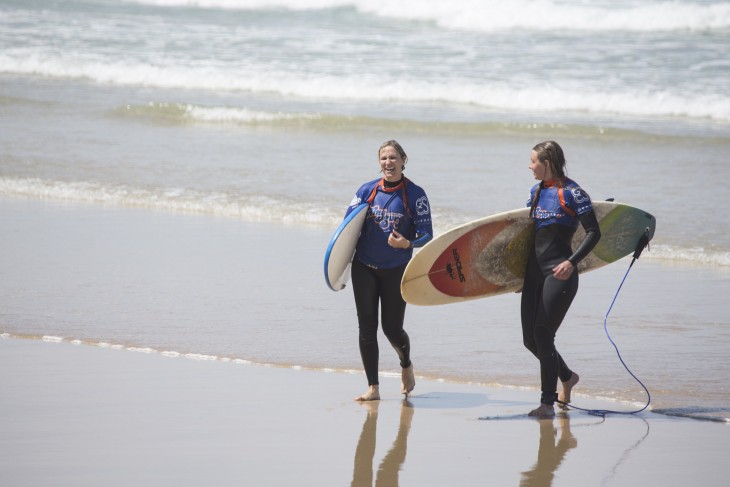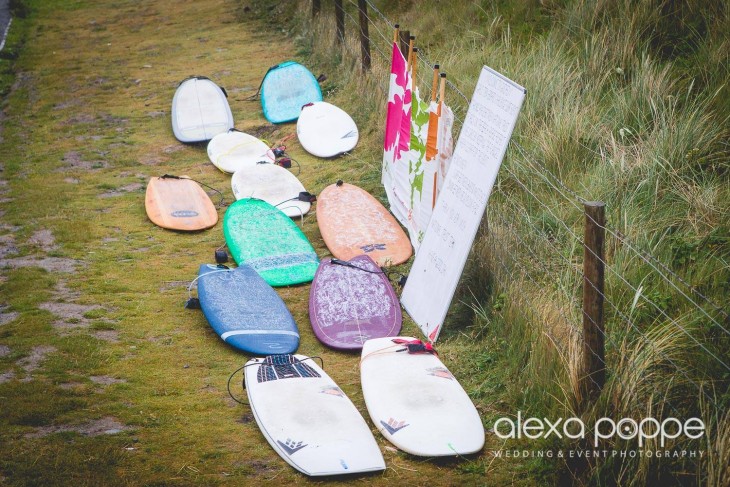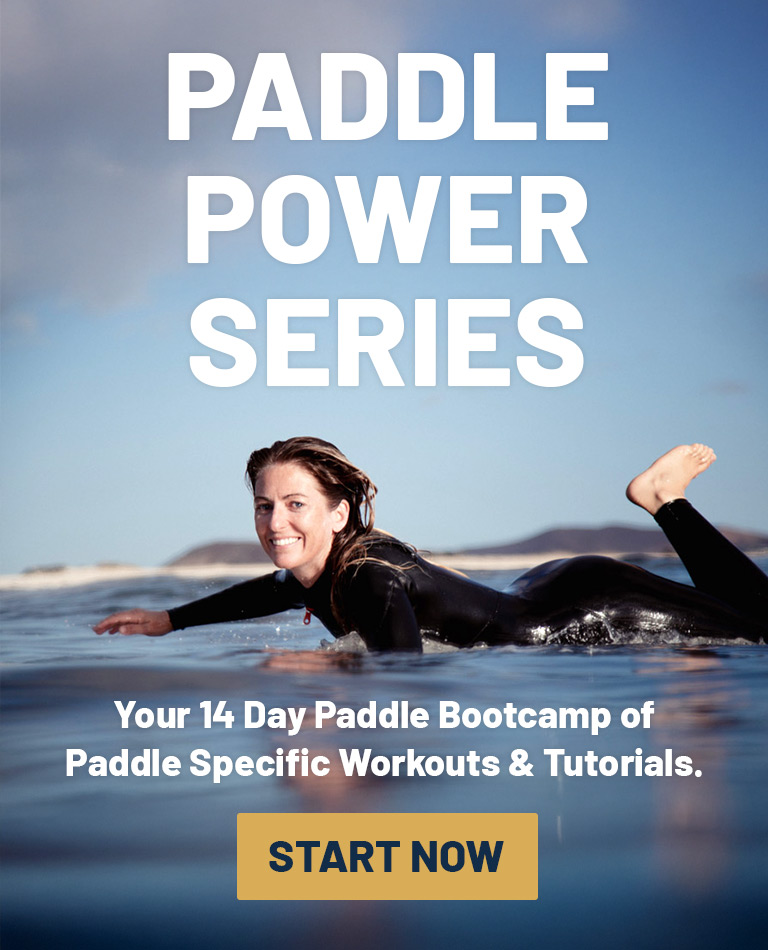There are so many different shapes of boards to choose from but how do we know which one is the right shape for us? Which board you buy should all depend on your ability and your surfing style. There are many different templates and styles of board out there, so selecting the right board for you can be a fairly daunting process.

Photo Credit: Ricado Gomes (Pinterest)
Here is a little bit of useful information about different board types for the novices out there!
If you are a beginner, you are likely to be learning on a soft board or foamie. These boards are made from semi-rigid plastic foam. They have loads of volume, thick rails and a rounded nose and tail, allowing them to be extremely buoyant. Easy to stand on and super easy to catch waves with. They are widely used in surf schools around the globe. Upgrading from surf school boards, you can buy moulded surfboards like NSP’s and Bic Boards. Moulded boards are constructed by filling the middle of two fibreglass halves together with polyurethane foam. These boards are more durable than fully fibreglass boards (you can’t ding it as easily), still buoyant for catching waves and long rides and they come in a variety of shapes suitable for progressing for different abilities and ages.
Most boards are generally categorised into 4 basic shapes. The longboard, 9ft plus, allows you to paddle into pretty much anything and creates a smooth ride with allowance for turning, walking the nose and the odd hang 10 all the way to the shoreline!
The next step down shape is called a mini-mal or hybrid board. This board has transformed learning to surf by creating a shape that allows you to progress quickly and efficiently. Hybrids are buoyant with loads of volume for you to develop in either white water or green waves. Chelsea, (right in the image above), is carrying a her mini-mal fibreglass board.
The next step down shapes are more retro and often called a Fish or an Egg. These boards are often shorter and wider than mini-mals and are perfect for small wave riding for the more advanced surfer. They have wide circumference and good amounts of volume which allows for easy catching of waves, but because they are shorter, they also give great manoeuvrability on the wave, but are not suitable for surfers who still struggle standing up. Fish generally have a swallow tail design (W) and can take between 1 and 4 fins! The retro twin fin setup allows you to cruise the flat or fat sections where the quad setup will give you more speed. Eggs commonly have a rounded nose and tail for extra volume. This shape is a great transition to the shortboard.
The shortboard is the most versatile shapes allowing your manoeuvres to become quicker, faster, bigger and more radical! This board is ridden by the more advanced surfer and works best in larger, green waves. There are many different styles, designs and shapes with this type of board, so it is always good to seek advice about which will suit your surfing ability and style the best.
Photo credit: Alexa Poppe (from the Ten Board Challenge Surf Comp)
Ultimately, novices need to decide if you would prefer to be a longboarder or a shortboarder. You can then progressively up or downsize your boards from the standard mini-mal shape. However, don’t jump straight to one of the extremes, as more often than not, you will find it very difficult to paddle, handle new speeds, stand up and even catch waves. For example, if you want to ride shorter boards, downsize from a mini-mal to a fish shape before hitting your shortboard goal.
You can check out some of the boards available from Serra Surfboards here:- http://www.serrasurfboards.com








